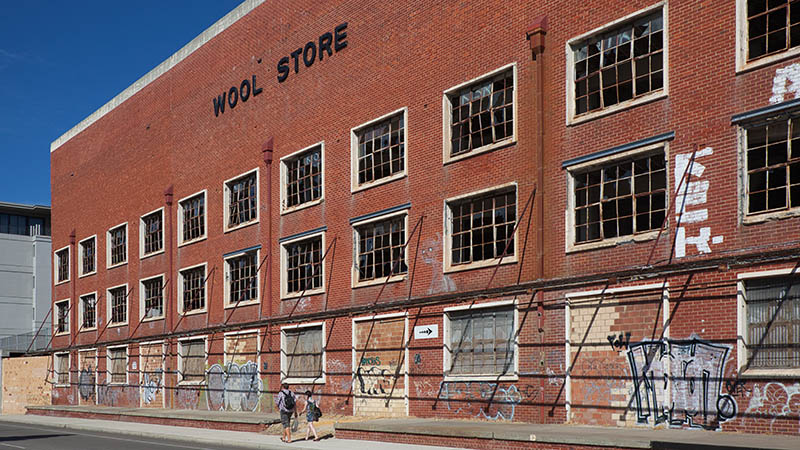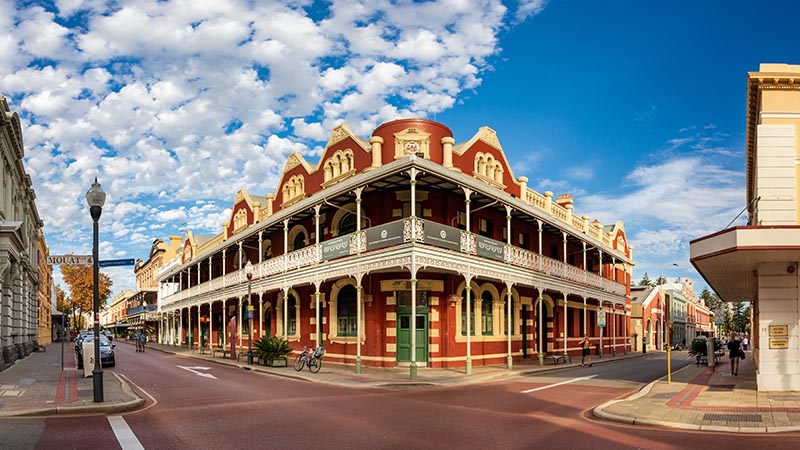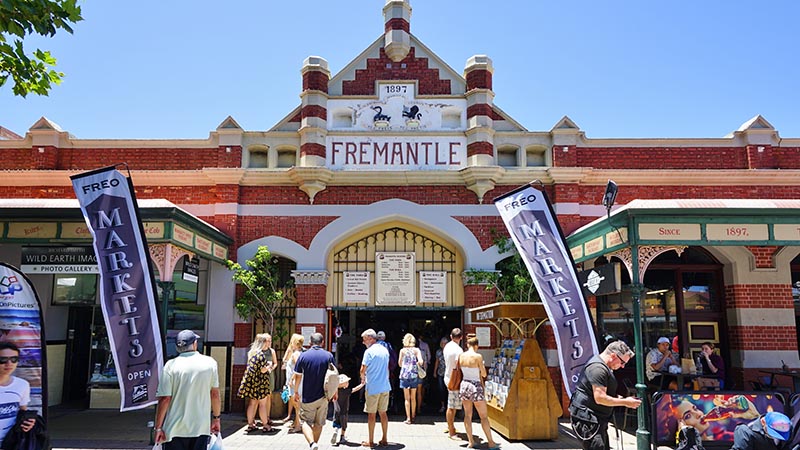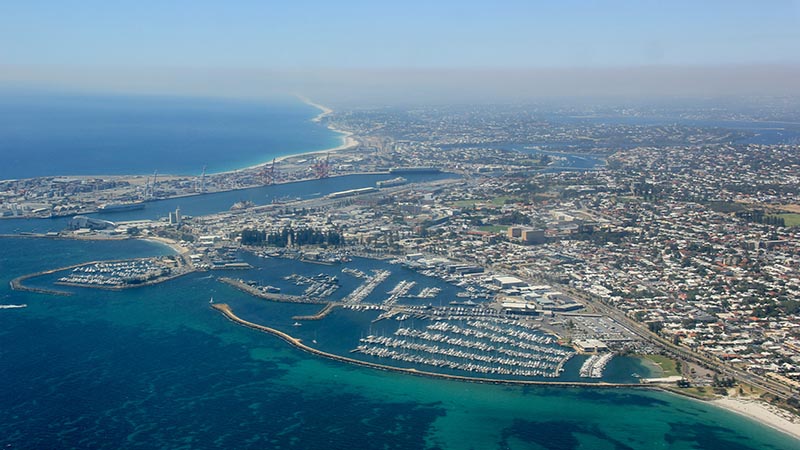International attention turns spotlight on Fremantle property
Fremantle is undergoing a transformation, as Western Australia's settlement-era colonial port city becomes a tourist hub with international acclaim and a property market delivering capital growth and rental yields.
It’s just been named the only Australian city in Time’s list of World’s Greatest Places, its AFL football team is finals bound, the port town is undergoing a hospitality and workforce transformation, and the property market is buoyant.
Fremantle, at the mouth of the Swan River that divides and defines the West Australian capital, is not only making an impact on the sports and media league ladders.
It currently ranks sixth for annual property price growth among more than 350 suburbs that comprise Perth’s metropolitan area. Property price increases of 28.7 per cent make a mockery of the national market’s recent declines.
That the world, and real estate investors nationally, are cottoning on to the city’s qualities and potential appears to the locals to be somewhat overdue.
The city centre is undergoing a $270 million development in its CBD, while major food and drinking operations have flooded into the city, including beer company Gage Roads’ opening of its 1,500-person capacity brewery and bar in a 100-year-old warehouse with portside seating to watch the ships roll in from the Indian Ocean.
It’s a vote of confidence that also attracted the attention of US news magazine Time who, in listing it as the only Australian habitable location in its top 50 (along with the Great Barrier Reef), described the city as emerging from nearly 700 days of pandemic closures and now “bustling with food and drink options”.
It’s also bustling with investment options beyond the hospitality sector.
Investors are particularly fond of its unit and housing markets, which since 2017 have gone from a vacancy rate above 6 per cent to around just 0.7 per cent today.
Rental incomes for houses have been steady for a year but units have risen by a whopping 19.7 per cent in a year, delivering strong yields along with the eye-catching capital growth.
Heritage meets modernity
Licensee of O’Byrne Estate Agents, Richard Caldwell, said Fremantle’s growth was driven over the past couple of years by a few levers.
“Lower interest rates made the area more affordable based on the same serviceability from buyers, which fuelled higher demand and high growth, with the current demand for green or strata titled housing still off the charts,” he said.
Spare “covid cash” has also seen many sellers renovating and upgrading their homes or apartments with the funds they would have otherwise spent on overseas holidays or similar luxuries.
Fremantle’s neighbouring suburbs, including North, East and South Fremantle, Bicton, Palmyra, and White Gum Valley, have strong housing markets, while the Fremantle post code is dominated by apartments and heritage-listed townhouses.
Each property market segment in the area has its distinct characteristics and performance traits.
“We have seen Fremantle transform from a trading port since before the 1900s, with Fremantle’s Fishing Boat Harbour sitting alongside heritage limestone buildings, Fremantle Gaol, old workers cottages, landmark buildings and whaling tunnels,” Mr Caldwell said.
“It has since developed a coastal bohemian atmosphere that many singles, couples and families want to be part of on the Swan River or the coastal shores of South Beach and North Coogee a bit down the road to the south.
“They drive the housing market, in which investors are few and far between, but the apartment market is seeing increased activity from buyers abroad and over east even if the majority are still locals.”
President of the Real Estate Institute of Australia (REIA), Hayden Groves, is also licensee of Fremantle-focused real estate agents, DG Real Estate.
He said the cashed-up downsizer cohort have featured prominently as an active buyer group.
“Much of central Fremantle is cottage-built and heritage protected, so family groups mostly look to the Fremantle fringe suburbs where lots and homes are generally larger,” he said.
“Investor activity in the apartment market has been improving but remains stubbornly below long-term averages but from an east coast perspective, Fremantle looks remarkably cheap.
He said the surrounding area attracts owner-occupier buyers who predominantly already live in the region, many of whom are keen to get closer to the increasingly lively and trendy Fremantle CBD.
“This graduation-to-the-centre drives demand for property within the 6160 (Fremantle) post code,” Mr Groves said.
“Recent improvements to the port city’s heart at Walyalup Koort (formerly Kings’ Square) has also drawn attention from well-heeled buyers from other metropolitan areas.
“The resurgence of South Fremantle as a popular beachside suburb has had a positive knock-on effect for Fremantle prices too.”
Investors poised
An infusion of high-end new apartment stock looks set to hit the Fremantle market in coming years, with the massive and long disused Elders Woolstores building set to be transformed from a decaying and derelict eyesore into a hospitality, retail and apartment precinct.

Perth-based property group Hesperia has acquired the site that has been vacant since the 1970s.
The Hesperia team is renowned for its expertise in heritage regeneration projects, with a portfolio including the landmark State Buildings in Perth CBD and the current redevelopment of Victoria House in Montario Quarter in Shenton Park.
Mr Groves said investors remain cautious despite strong yields and comparatively affordable buying conditions but were increasingly seeing Fremantle’s potential.
“It is the underlying strength in the Fremantle market that will attract external investment into the port city as east coast markets begin their retreat from recently experienced hyper-growth.
“Profit-takers from these markets will look to more affordable, high yielding alternatives like Fremantle.”
























